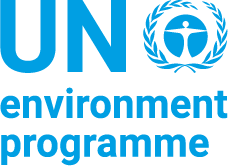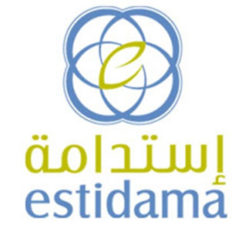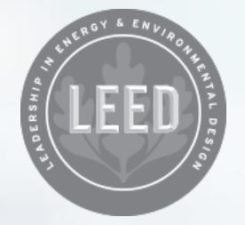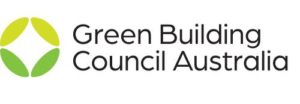
The International Good Practice Principles for Sustainable Infrastructure provide globally applicable guidance on the integration of sustainability throughout the entire infrastructure lifecycle, focussing on the “upstream” project level. They help high-level policy- and decision-makers in governments create the enabling environment for sustainable infrastructure that is needed to achieve the SDGs and the Paris Climate Agreement. The ten principles emphasize the importance of infrastructure approaches that respond to service needs and demands, address sustainability the earliest possible in the planning process, integrate all aspects of sustainability as well as relevant governance frameworks and different infrastructure systems and sectors across time and space.
Lifecycle Phase(s): Enabling EnvironmentConditions that enable the integration of sustainability practices (regulation, laws, frameworks etc.)., Strategic PlanningPublic authorities identify the needs and long-term vision for infrastructure development., PrioritizationAuthorities decide which projects to realize and how to allocate resources., Project PlanningGeneral strategy for a project’s delivery is developed., Concept DesignTechnical experts broadly outline the project’s basic characteristics., ProcurementThe provision of goods and services to realize a project are tendered and closed., FinanceDevelopers decide how to pay for their project., Detailed DesignTechnical experts further elaborate the Concept Design., ConstructionThe asset is constructed in line with design, budget and timeline., Operation and MaintenanceInfrastructure assets are managed and maintained during their use time., Decomissioning/RepurposingObsolete infrastructure assets are repurposed, recycled or removed and the land is reused or restored.
Type(s) of Tool: PrinciplesSupport sustainability incorporation at institutional or strategic level, less specific than Guidelines.







